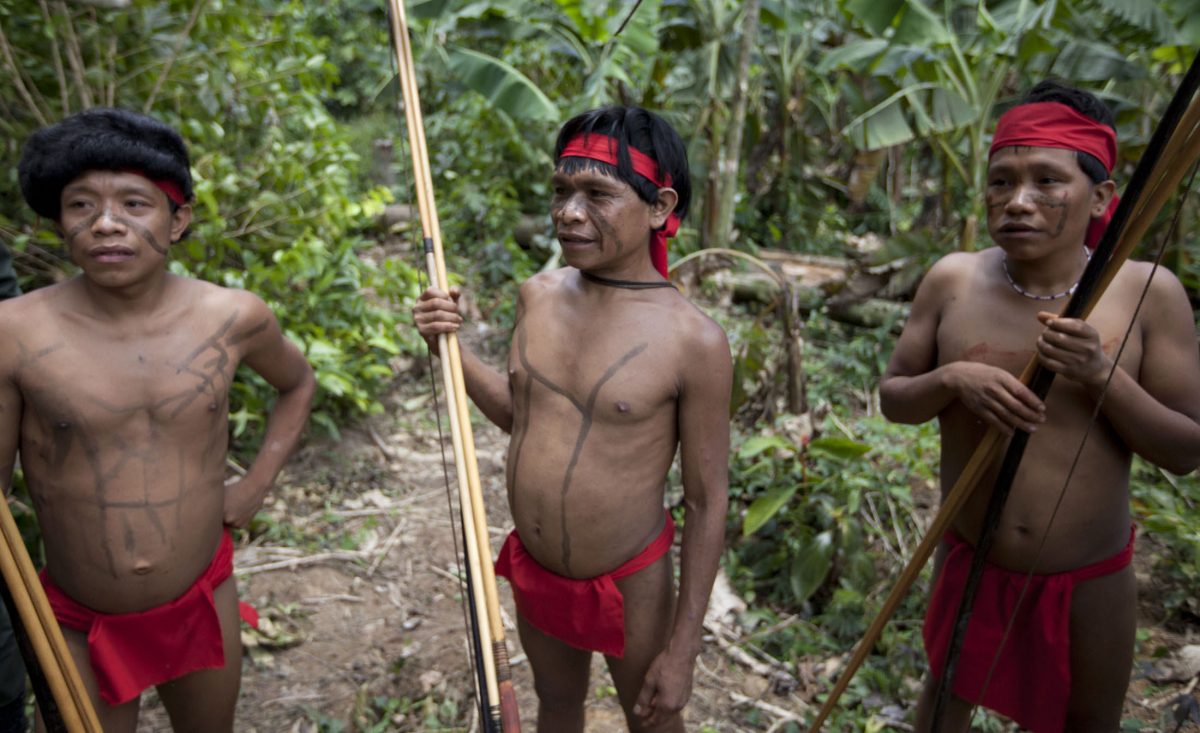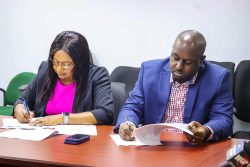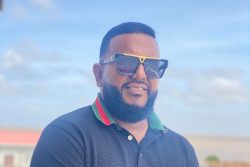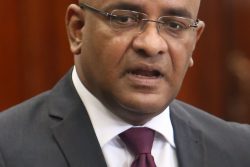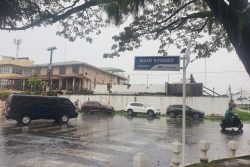Associate Professor, Centre for Agroecology, Water and Resilience, Coventry University JM Pedersen Honorary Research Fellow, Centre for Agroecology, Water and Resilience, Coventry University Reproduced from World Economic Forum April 29th, 2020
There are growing fears that COVID-19 may wreak havoc in the Amazon. A 15-year-old boy from the Yanomami tribe became the first known indigenous person to die from the disease. Due to the individual and varied nature of the tribes, finding a way to help indigenous communities is proving hard, as each tribe is unique and therefore needs a different response.
This fear is unsurprising, given that an estimated 90% of the original inhabitants of the Americas died as a result of European colonisation, especially through the infectious diseases Europeans brought with them. Fragmented collective memories of deadly pandemics from the time of distant ancestors still circulate in stories of magical deaths caused by foreigners.
Well ahead of government action, indigenous federations across the Amazon launched extensive campaigns to mitigate the pandemic and its socio-economic consequences. This is not a straightforward task. Amazonian people live varied lives ranging from communities many days’ canoeing beyond the nearest roads to urban existences entirely dependent on constant cash flow for survival; from landowners to landless; and from those who possess traditional knowledge of forest nourishment and medicines, to those who reject the old ways in favour of mobile phones and computer games. The impact of COVID-19 on indigenous peoples will be as varied as their circumstances.
For the few however, who still enjoy functional autonomy in remote communities there is little change: the outside world is an ever encroaching threat and the longer isolation can be maintained, the longer cultural survival can be ensured.
Many Amazonian people are particularly vulnerable to infectious diseases. They are exposed to the effects of mining and oil extraction and institutionalized racism, which makes it harder for them to access good education, healthcare, and jobs. Both legal and illegal resource extraction continues despite the lockdown. Illegal operations are in fact expanding in the absence of an active resistance, disregarding travel restrictions and potentially increasing the spread of infection. Some suspect illegal miners may have brought COVID-19 to the Yanomami.
Many indigenous families need to bring produce to market, in order to supplement their subsistence, fuel generators and canoes, service debts, and access phones or internet. The lockdown prevents all this. In the absence of any social welfare or other economic support, this is as devastating in the Amazon as it is anywhere.
Among indigenous communities on the urban fringes in the Napo, there is a surge of interest in planting medicinal trees and plants in response to the pandemic. However, for the increasing number of indigenous families who do not have access to land – their territories invaded, degraded, and split into ever smaller parcels – the situation is catastrophic. Unsurprisingly, women and children suffer most, as alcohol consumption and domestic violence grow alongside boredom and desperation.
Indigenous communities are taking matters into their own hands across Amazonia. They are closing down access routes and retreating deeper into the forest. Whenever possible they escape into ancestral territories, sometimes to places of cultural or spiritual significance.
Editor’s Note: Considerations of length rendered it necessary to edit this article. We have, however, been careful to do our best not to compromise what we believe to be our readers’ interests
